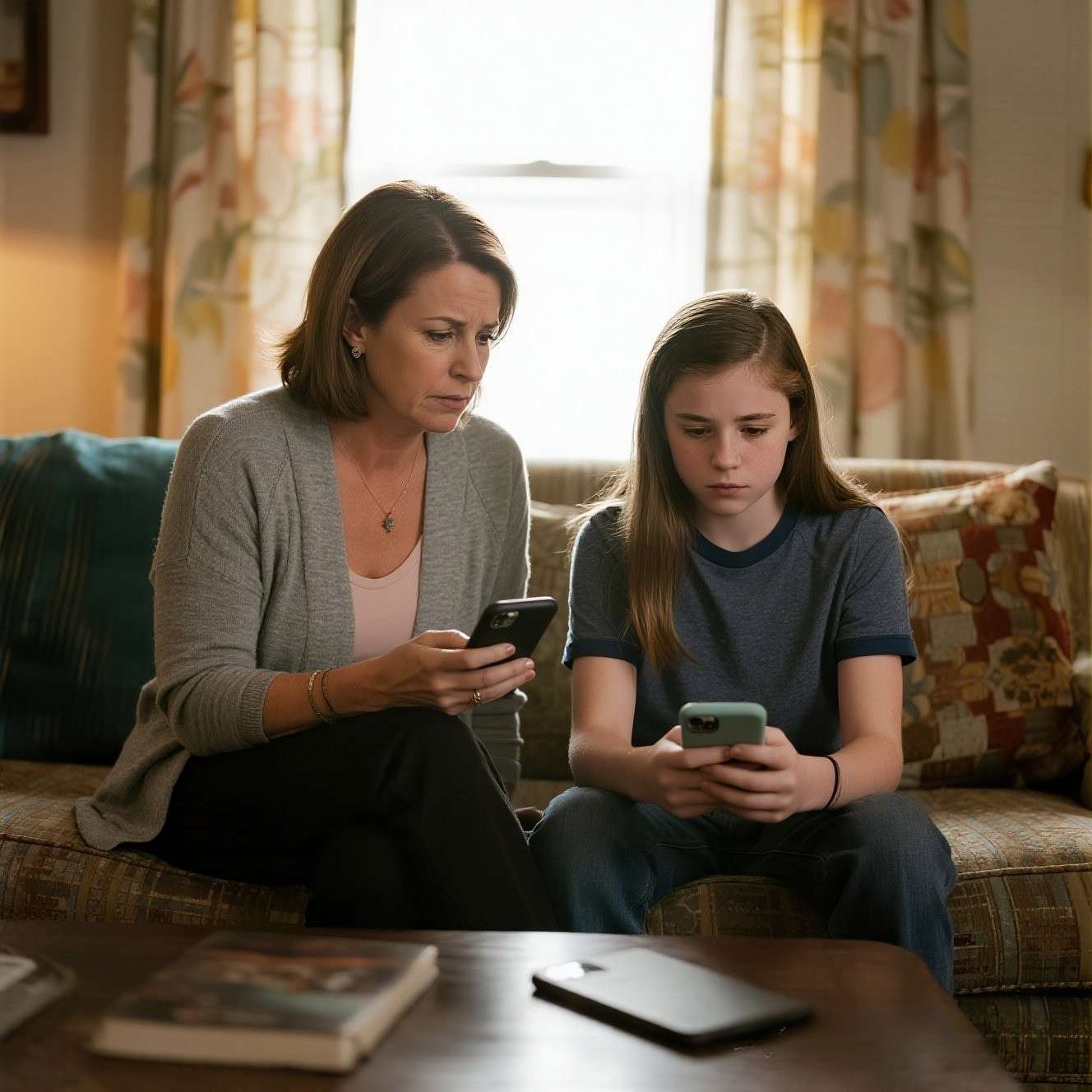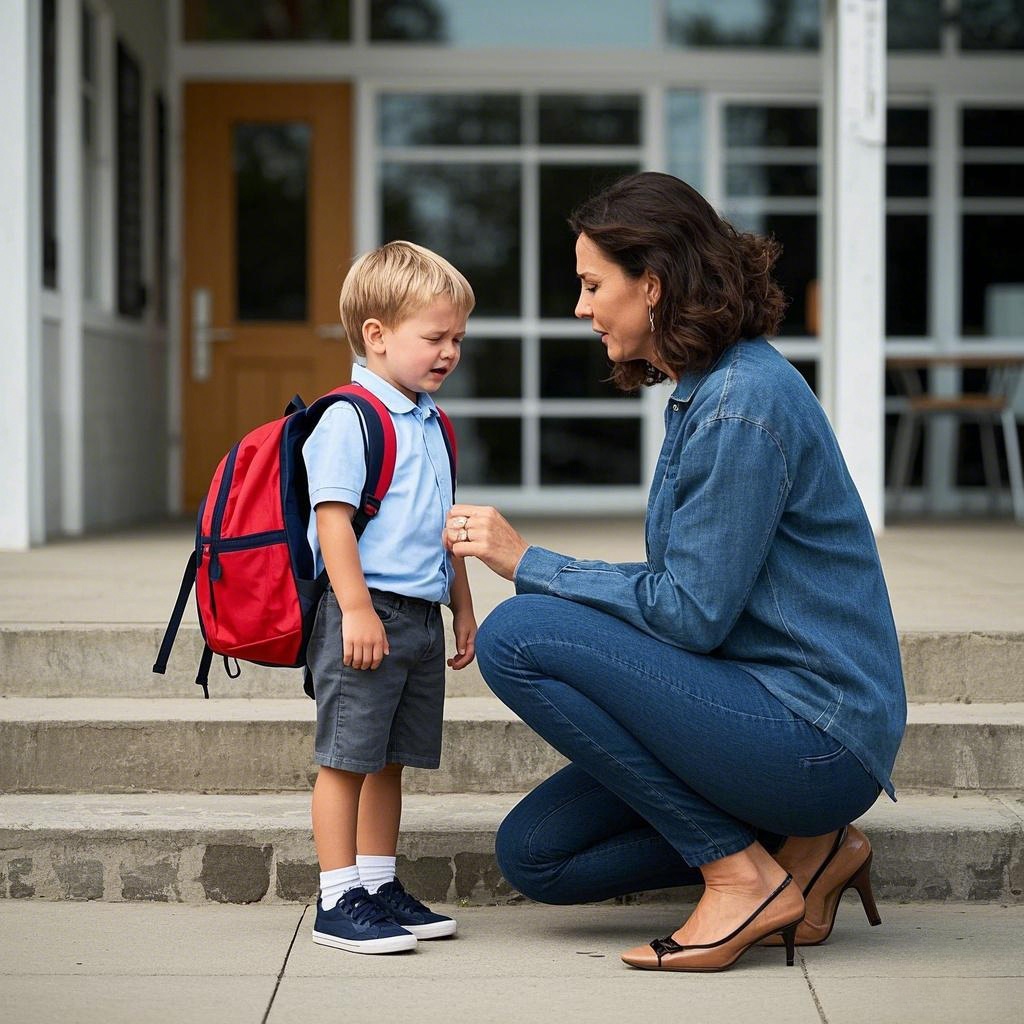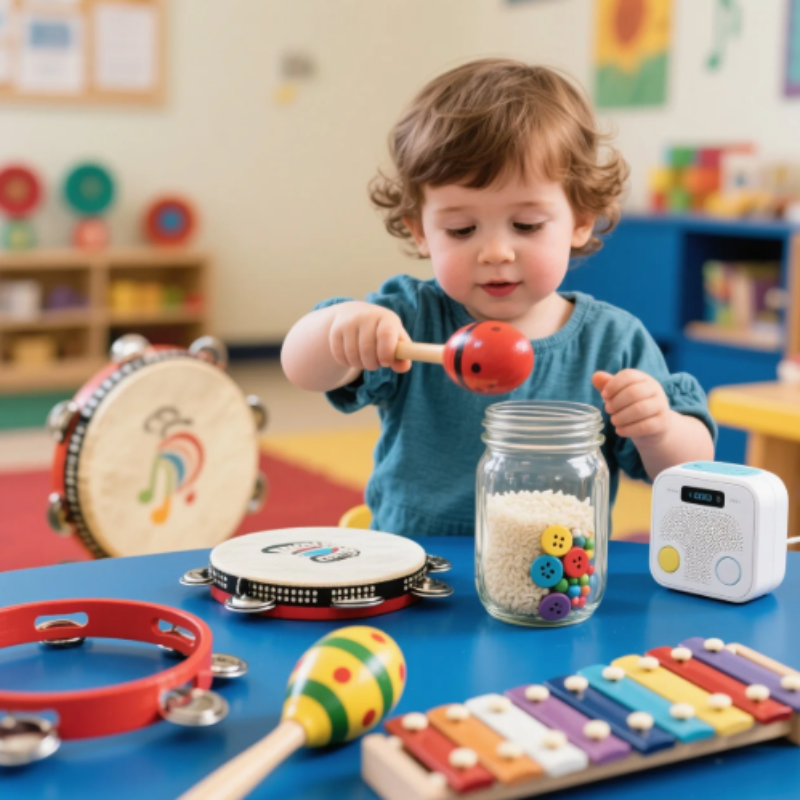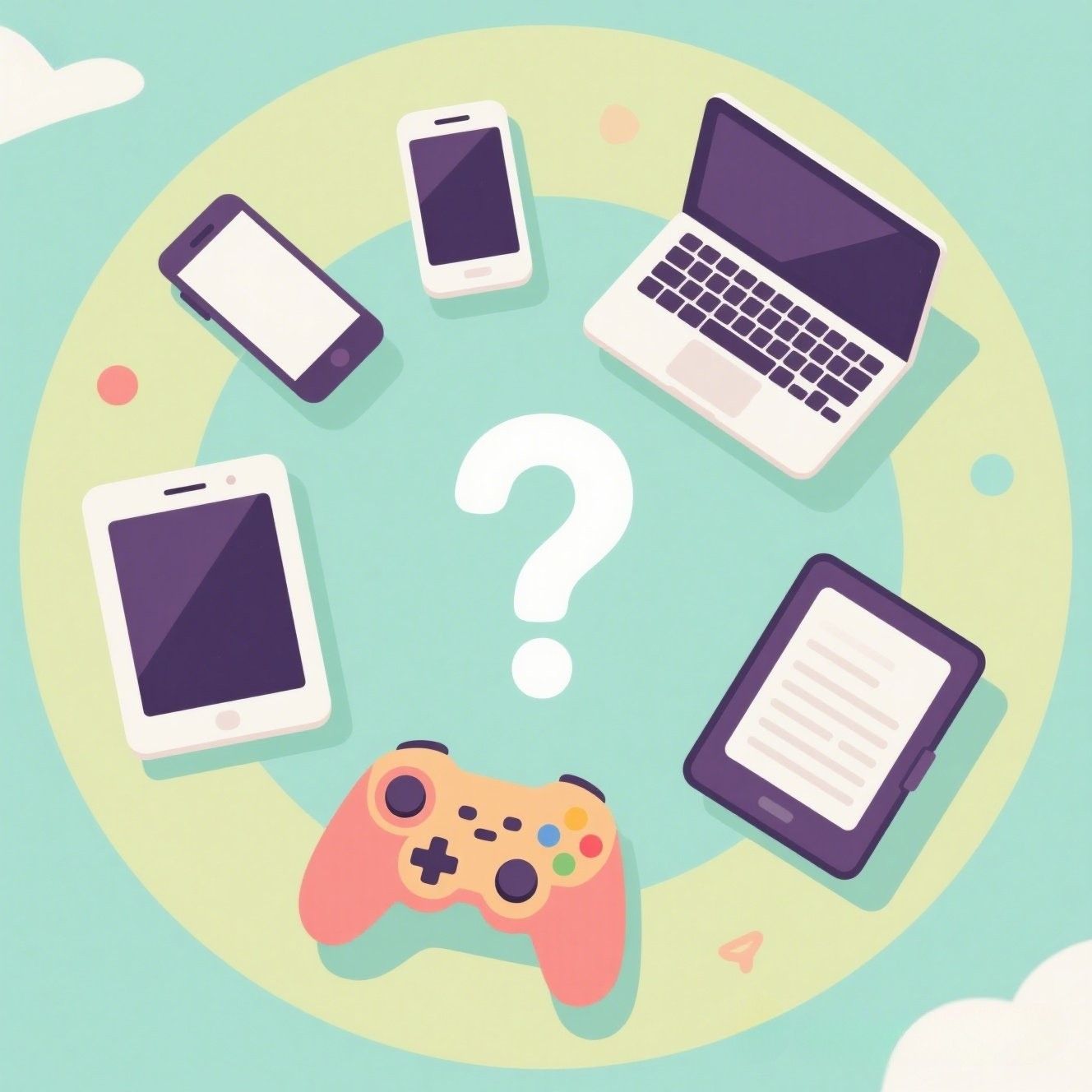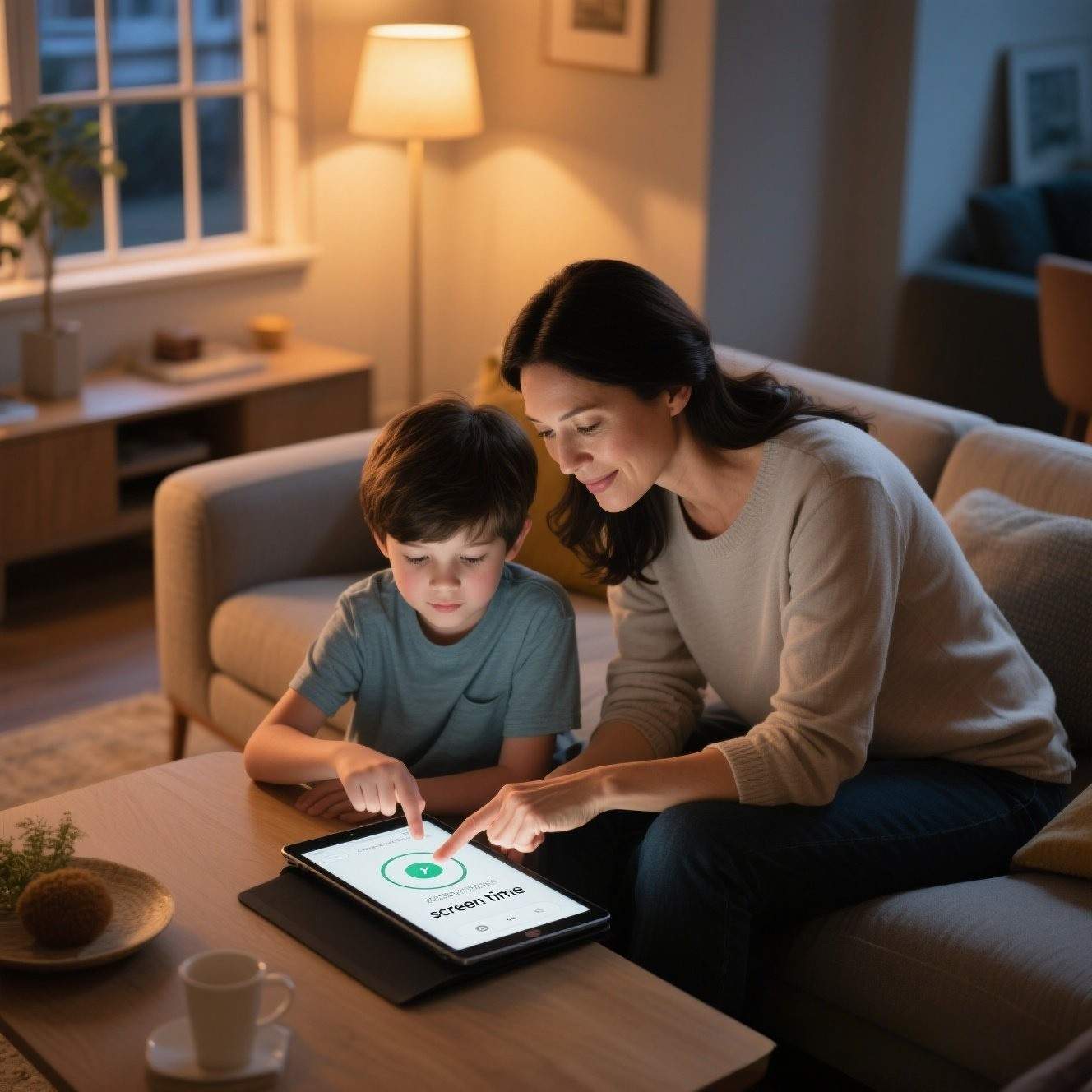Introduction
Screens, feeds, and notifications are now woven into the fabric of childhood and adolescence. A 2025 survey by the Philippine Department of Education found that nearly nine in ten teens scroll social media before finishing breakfast, and children as young as eight often juggle multiple platforms by bedtime.¹ As usage has soared, so too has parental anxiety: Will endless likes and viral challenges uplift kids or erode their confidence? This article unpacks the complex relationship between social media and mental health, giving parents evidence‑based insights and practical strategies to guide their digital natives with confidence and compassion.
Understanding How Social Media Affects Children and Teens
Social media apps are engineered to keep users tapping. Behind every timeline lies an algorithm that measures what children linger on—cat videos, celebrity gossip, homework memes—and serves ever more of it. The result is a dopamine‑charged feedback loop that can crowd out offline hobbies and even sleep. Constant exposure to curated highlight reels invites harsh self‑comparison: a tween comparing her ordinary afternoon to a friend’s carefully filtered beach photo may feel inexplicably inadequate.
Developmental psychology shows that pre‑teens (roughly ages 9‑12) are especially susceptible because their sense of identity is still fragile. Middle‑schoolers rely heavily on peer approval to gauge self‑worth, so a surge or slump in likes can swing emotions dramatically. Teens, meanwhile, grapple with deeper tasks—forming personal values and testing independence—and are more likely to feel social media’s pull on mood regulation. Prolonged, unmoderated use has been linked in studies to higher rates of anxiety, depression, and loneliness, echoing warnings from pediatric organizations worldwide. Yet the picture is not entirely bleak: positive communities, creative outlets, and supportive messaging can bolster belonging when curated intentionally. Parents who understand these dual possibilities are better positioned to steer their children toward beneficial corners of the web.

Common Mental Health Signs Related to Social Media Use
Because mood changes can seem like “typical teen behavior,” early warning signs often pass unnoticed. One red flag is sudden irritability after scrolling: a daughter who slams her bedroom door moments after checking messages may be reacting to exclusion from a group chat. Withdrawal from family activities—skipping dinner or muting siblings while bending over a screen—signals increasing online preoccupation. Sleep disturbances, especially difficulty falling asleep despite exhaustion, often tie back to late‑night scrolling or blue‑light exposure.
Academic slumps sometimes follow marathon screen sessions, as homework slips beneath endless notifications. Watch, too, for hyper‑sensitivity to likes and comments: if a son refreshes a post every few minutes or deletes selfies that “only” earned fifty hearts, he may be chasing digital validation to boost fragile self‑esteem. Physical symptoms—eye strain, headaches, or neck pain—can compound emotional strain, creating a cycle that saps energy for sports, music, or in‑person friendships. By recognizing patterns early, families can intervene before distress escalates into clinical anxiety or depression.
Parental Challenges in Monitoring Social Media Use
Modern parenting means walking a tightrope between vigilance and trust. Children crave privacy as they grow, yet unfiltered exposure to trending platforms—or secret “vault” apps that hide conversations—can leave parents in the dark. Even tech‑savvy adults struggle to track constant platform churn: today’s hit app might fade tomorrow, replaced by something with subtler risks. Setting limits can spark conflict when homework, entertainment, and socializing all blur on one device.
Another hurdle is modeling healthy habits; research shows kids mirror adult behaviors, so parents who endlessly scroll may undermine their own rules. Negotiating screen time without damaging rapport requires empathy, consistent dialogue, and clear boundaries. Moreover, algorithm‑driven feeds differ from traditional TV schedules; a thirty‑minute usage rule can slip into hours unless parents teach self‑regulation skills, not just impose timers. The goal is to foster responsible autonomy, where children internalize balance rather than merely comply under supervision.
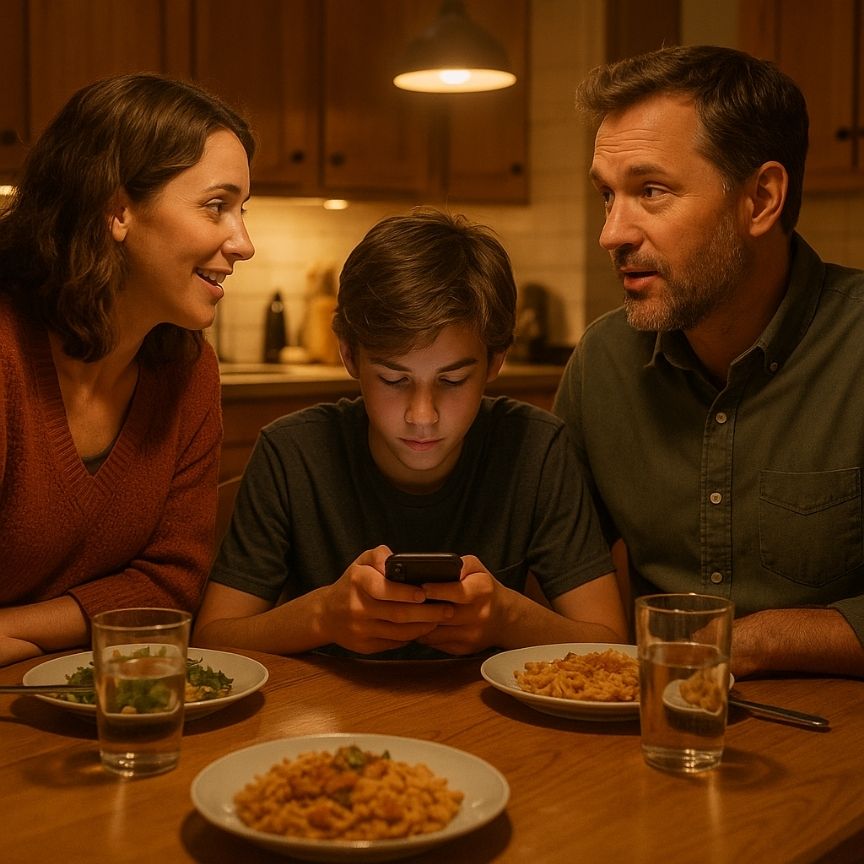
Effective Solutions for Parents
Start with honest, judgment‑free conversations: ask what platforms your child enjoys, who they follow, and how certain posts make them feel. Rather than lecturing, listen and validate emotions (“I get why that post felt hurtful”). From there, co‑create household guidelines. Many families succeed with device‑free zones—no phones at meals, in bedrooms after 9 p.m., or during homework. Posting breaks, such as “social‑media‑free Sundays,” let children experience offline calm and notice mood changes.
Pair limits with enriching alternatives: weekend hikes, art classes, volunteer drives, or simply unstructured backyard play help kids rediscover joys beyond screens. Encourage them to curate feeds toward positivity—follow mentors, educational content, or hobby groups—and to block toxic accounts. Teaching critical‑thinking skills (“Why do you think this influencer posted that ad?”) empowers children to recognize manipulation. If conflicts arise, use collaborative problem‑solving; agree on consequences but allow teens to propose adjustments, increasing their investment in the rules. Finally, celebrate progress: praising a child for logging off voluntarily or reading a book instead of scrolling reinforces intrinsic motivation.

Collaborating with Educators and Mental Health Professionals
Digital wellness cannot rest solely on home rules. Schools increasingly incorporate media‑literacy lessons that teach students to decode persuasion tactics and manage online personas. Parents who partner with teachers—asking how curricula address screen risks or volunteering for digital citizenship workshops—create consistent messages across settings. Some campuses run “phone‑free Fridays” or designate quiet zones for device breaks, strategies worth replicating at home.
Recognizing when to call in experts is equally vital. Persistent sadness, drastic grade drops, or self‑harm talk warrant timely intervention from school counselors or pediatric psychologists fluent in screen‑related stress. Professional guidance may involve cognitive‑behavioral techniques to break comparison cycles, group therapy to rebuild offline bonds, or even medication in severe cases of depression. Community health centers and tele‑therapy platforms now offer programs tailored to social‑media anxiety, reducing barriers for busy families. By weaving educators and clinicians into the support network, parents gain allies in safeguarding their children’s minds.
Conclusion
In today’s hyper‑connected world, social media can both enrich and endanger young minds. The difference lies in guidance: children and teens flourish when parents stay informed, set compassionate boundaries, and model balanced use. Social platforms are not inherently harmful, yet unchecked scrolling can seed anxiety, loneliness, and self‑doubt. By combining open dialogue, structured routines, and professional partnerships, families can transform digital landscapes from hazards into avenues of growth. Proactive parenting remains the most powerful tool to protect mental health in the digital age—one thoughtful conversation, screen‑free dinner, and supportive click at a time.

